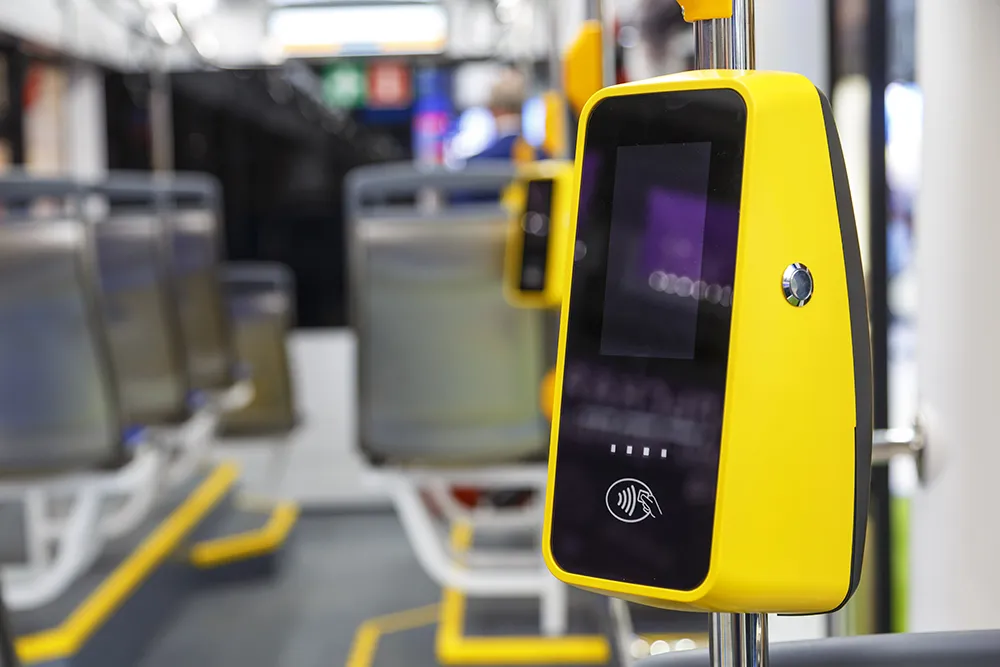Research and Markets latest report, Global Automotive Embedded Telematics Market Report, forecasts the global automotive embedded telematics market to grow at a CAGR of 35.81 per cent over the period 2012-2016.
The increasing global demand for telematics is one of the key factors contributing to the growth of this market. T he global automotive embedded telematics market has also been witnessing a decrease in the average price of original equipment manufacturers’ automotive embedded telematics equipment.
April 24, 2014
Read time: 2 mins
The increasing global demand for telematics is one of the key factors contributing to the growth of this market. The global automotive embedded telematics market has also been witnessing a decrease in the average price of original equipment manufacturers’ automotive embedded telematics equipment. However, the high cost of automotive embedded telematics could pose a challenge to the growth of this market.
The report has been prepared based on an in-depth market analysis with inputs from industry experts and covers the market in the US, Europe, BRIC, and the rest of the world; it also covers the global automotive embedded telematics market landscape and its growth prospects in the coming years. The report also includes a discussion of the key vendors operating in this market.
Increasing usage of cloud-based telematics is another trend that is expected to influence the global automotive embedded telematics market positively during the forecast period. With the advent of cloud computing technology that offers huge space for data storage, easy access, and security, embedded cloud computing is evolving in automotive telematics.
Providing updated data for navigation systems is becoming a problem; therefore, vendors are moving toward cloud-based telematics such as goggle maps to stay updated. With easy integration and efficient scalability of automotive embedded telematics with cloud computing technology, there is a trend of shifting toward cloud-based telematics.
According to the report, one of the main drivers in this market is the growth of the global telematics market. Rise in the need for connectivity across the globe has a direct positive influence on the demand for automotive advanced systems, thus resulting in an increasing demand for automotive embedded telematics.
Further, the report states that one of the main challenges in this market is the high cost of automotive embedded telematics, which increases the overall cost of automobiles and negatively impacts the global automotive embedded telematics market.









